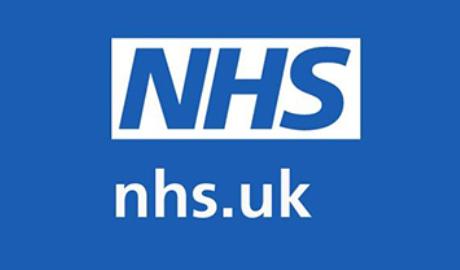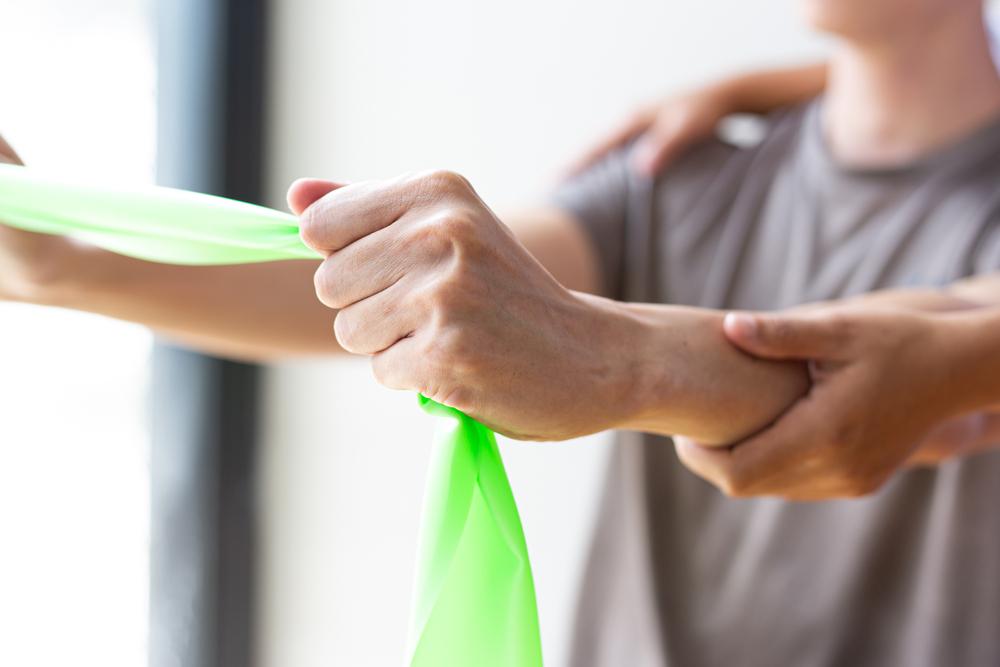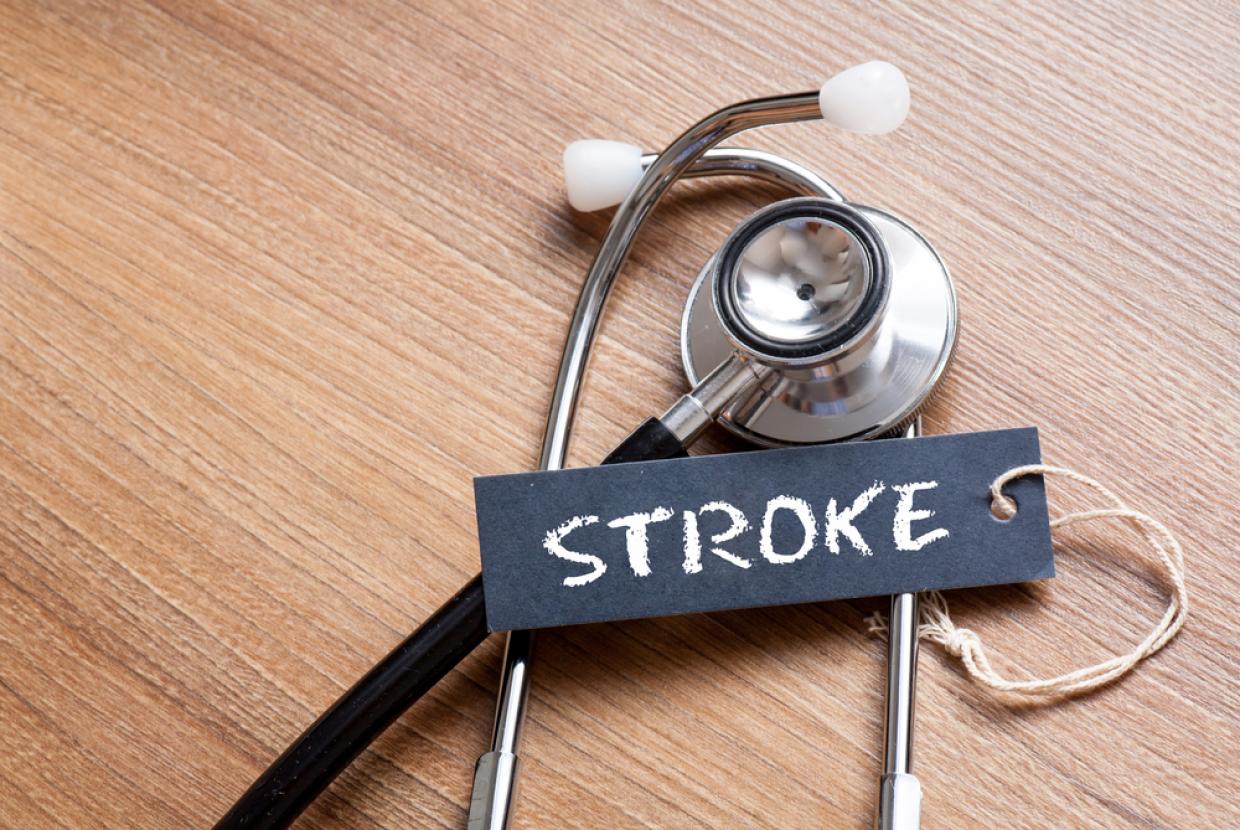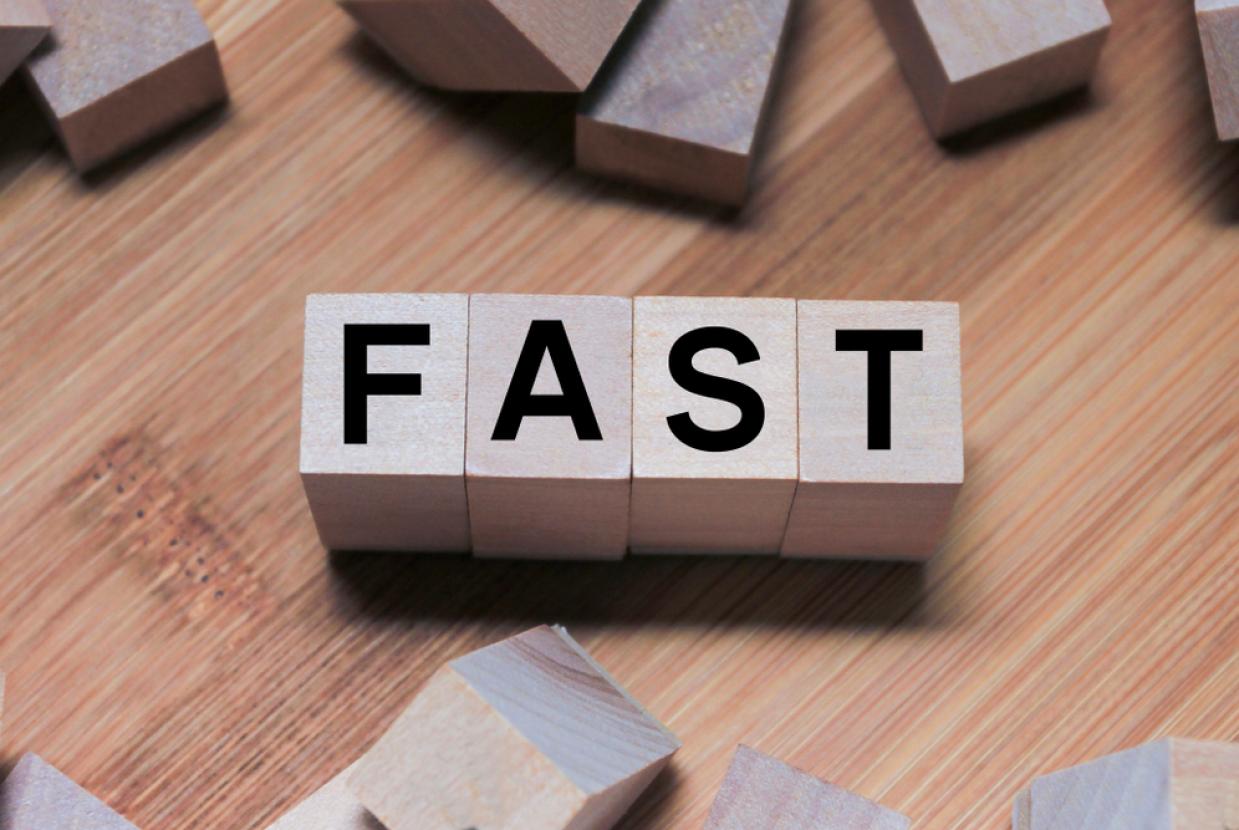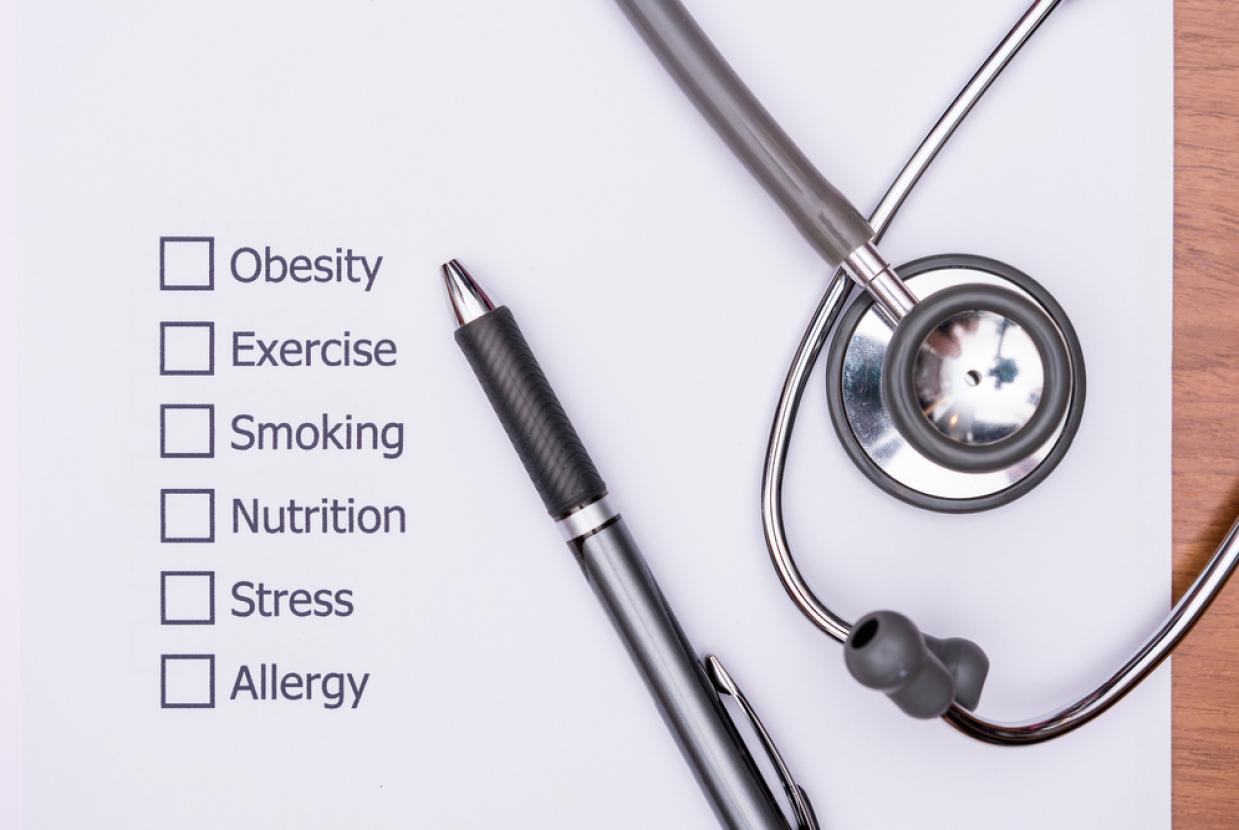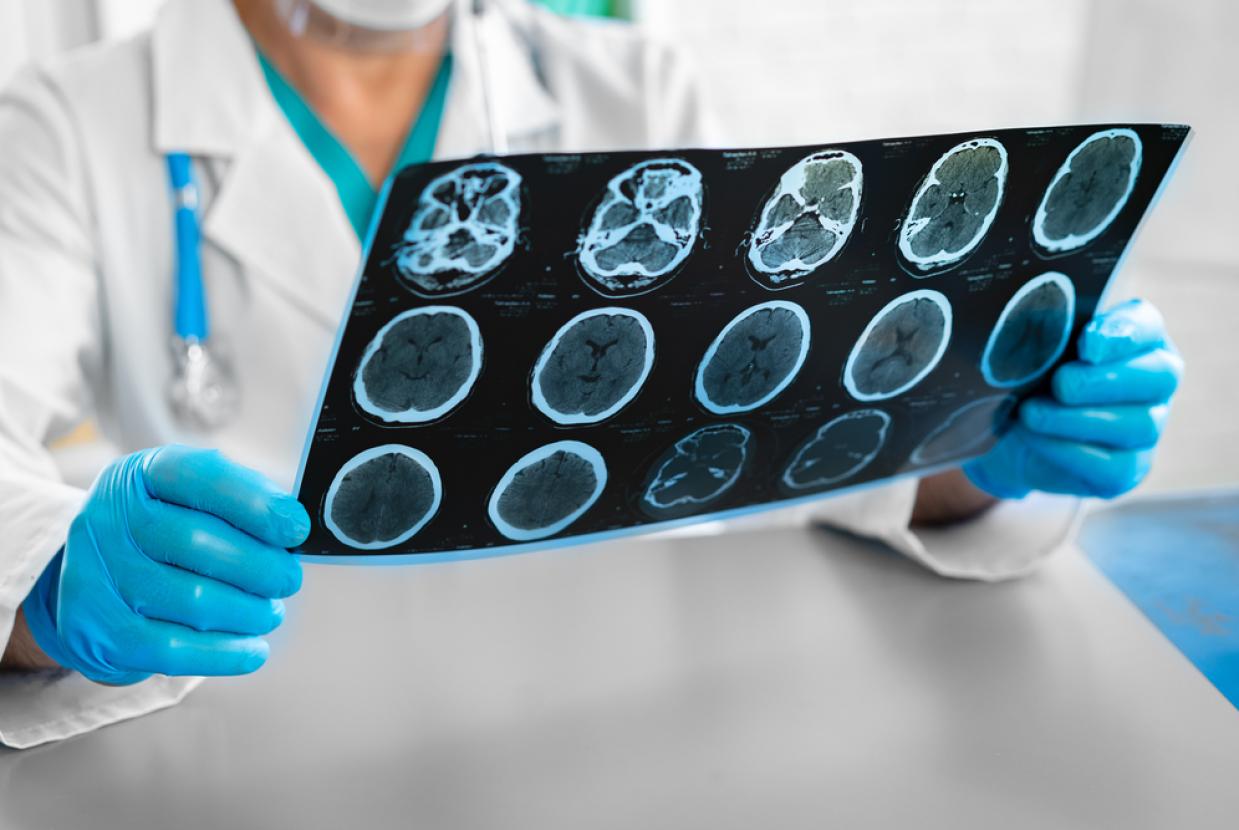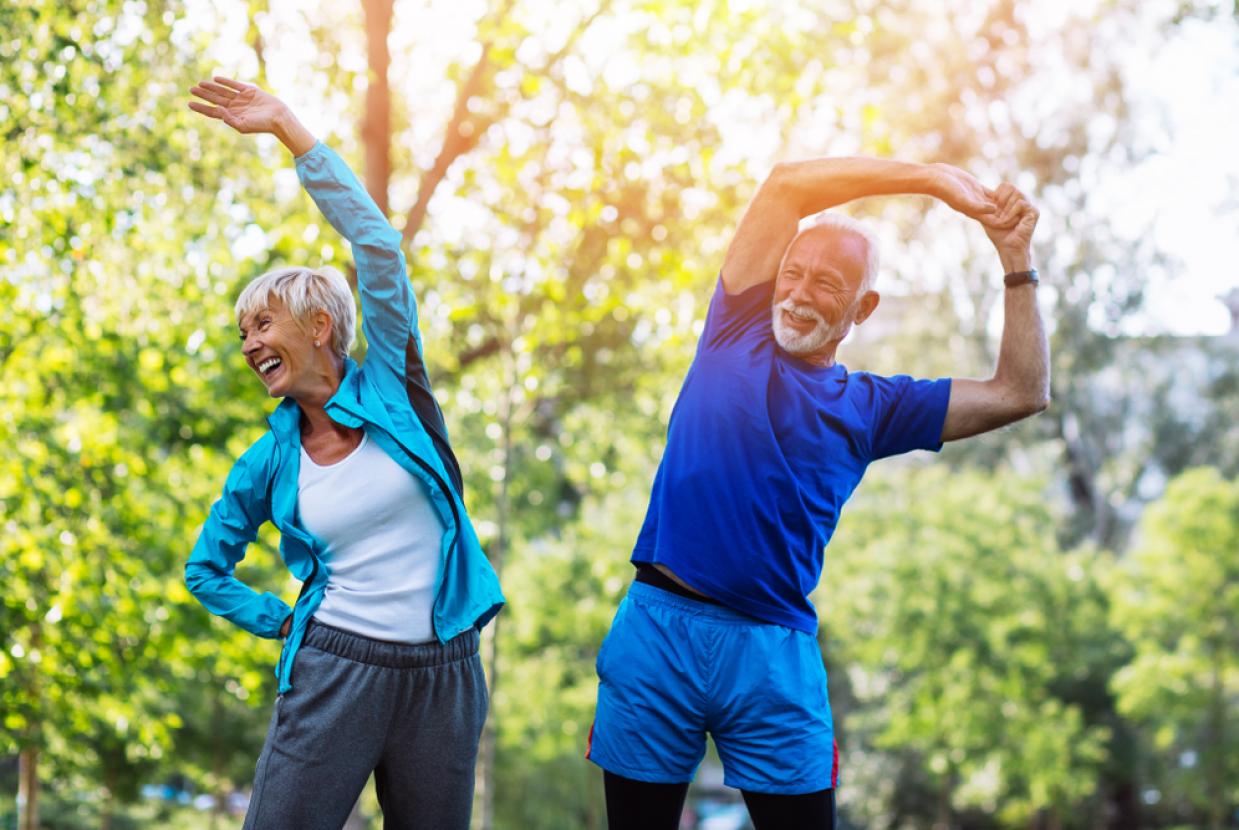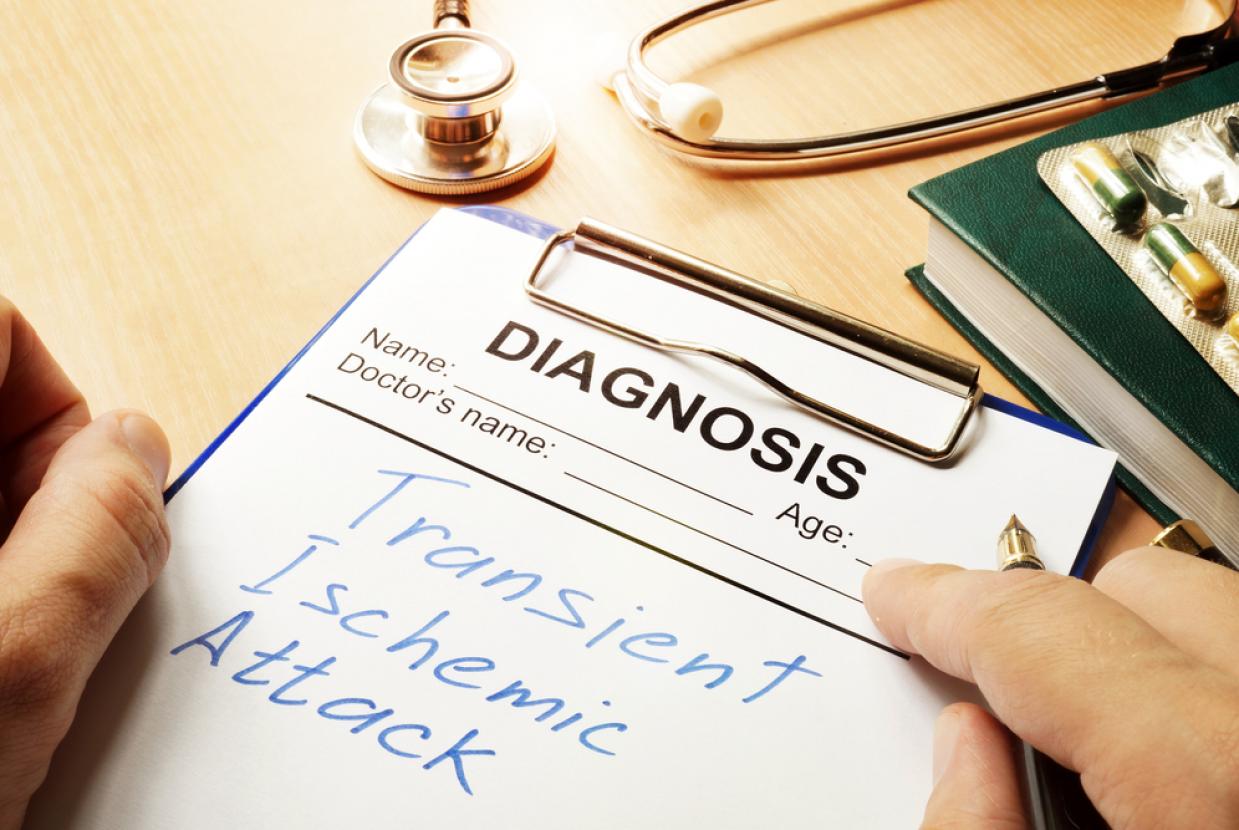Stroke Awareness Month: Need To Know
StrokeA stroke is when blood stops flowing to a part of your brain. It can affect things like speech and movement, and take a long time to recover. A stroke needs urgent medical help in hospital because it can be life-threatening.
Check for signs of a stroke
The main symptoms of a stroke can happen suddenly. They may include:
- face weakness – one side of your face may droop (fall) and it might be hard to smile
- arm weakness – you may not be able to fully lift both arms and keep them there because of weakness or numbness in 1 arm
- speech problems – you may slur your words or sound confused
The easiest way to remember these symptoms is the word FAST. This stands for: face, arms, speech and time to call 999.
Other symptoms of a stroke
There are other signs that you or someone else is having a stroke. These include:
- weakness or numbness down 1 side of your body
- blurred vision or loss of sight in 1 or both eyes
- finding it difficult to speak or think of words
- confusion and memory loss
- feeling dizzy or falling over
- a severe headache
- feeling or being sick (nausea or vomiting)
Symptoms of a stroke can sometimes stop after a short time, so you may think you're OK. Even if this happens, get medical help straight away. A stroke is more likely to happen if you're older, but it can happen at any age.
What causes a stroke
A stroke can happen to anyone at any age, but your risk may increase if:
- you're over 50 years old
- you're from a Black or South Asian background
- you have sickle cell disease (SCD)
- you have an unhealthy lifestyle
- you have migraines
- you take the combined contraceptive pill
- you're pregnant and have pre-eclampsia
- you've just had a baby
Certain conditions also increase the risk of stroke. These include:
- high blood pressure (hypertension)
- diabetes
- irregular and fast heartbeats (atrial fibrillation)
- high cholesterol
- a transient ischaemic attack (TIA or mini stroke)
Reducing the risk of a stroke
If you have a stroke, or a transient ischaemic stroke (TIA, or mini-stroke), you're more at risk of having another stroke. But there are things you can do to lower the risk.
Do
- quit smoking
- eat a balanced diet
- exercise
- cut down on alcohol
Don’t
- do not forget to take medicines for any underlying conditions such as high blood pressure or diabetes – talk to a GP if you have any problems with your medicine
How a stroke is diagnosed
If a doctor thinks you've had a stroke, they'll do tests such as:
- blood tests
- CT, MRI and ultrasound scans to check in and around your brain
- an electrocardiogram (ECG) to check your heart
These tests can show what type of stroke you've had. The different types of stroke include:
- an ischaemic stroke – this happens when a blood clot blocks blood flow to the brain. It's the most common type of stroke
- a haemorrhagic stroke – this happens when a blood vessel bursts
- a transient ischaemic attack (TIA or mini stroke) – this is when the symptoms of a stroke do not last very long (less than 24 hours)
A TIA should be treated as urgent. If you do not get immediate medical attention, you could be at risk of having a full stroke.
Getting treatment for a stroke
If you have a stroke, your treatment will depend on what type of stroke you've had. In the first 24 hours after a stroke, your treatment may include:
- medicine to get rid of blood clots in the brain (thrombolysis)
- surgery to remove a blood clot (thrombectomy) or drain fluid from the brain
- a procedure to stop pressure building up inside the skull or brain
While you're in hospital, a healthcare team of doctors, specialists and therapists will help you start your recovery.
Medicines for a stroke
Treatments you may be given, often long term, include:
- anticoagulants to stop blood clots forming
- medicines to lower your blood pressure
- statins to lower your cholesterol


